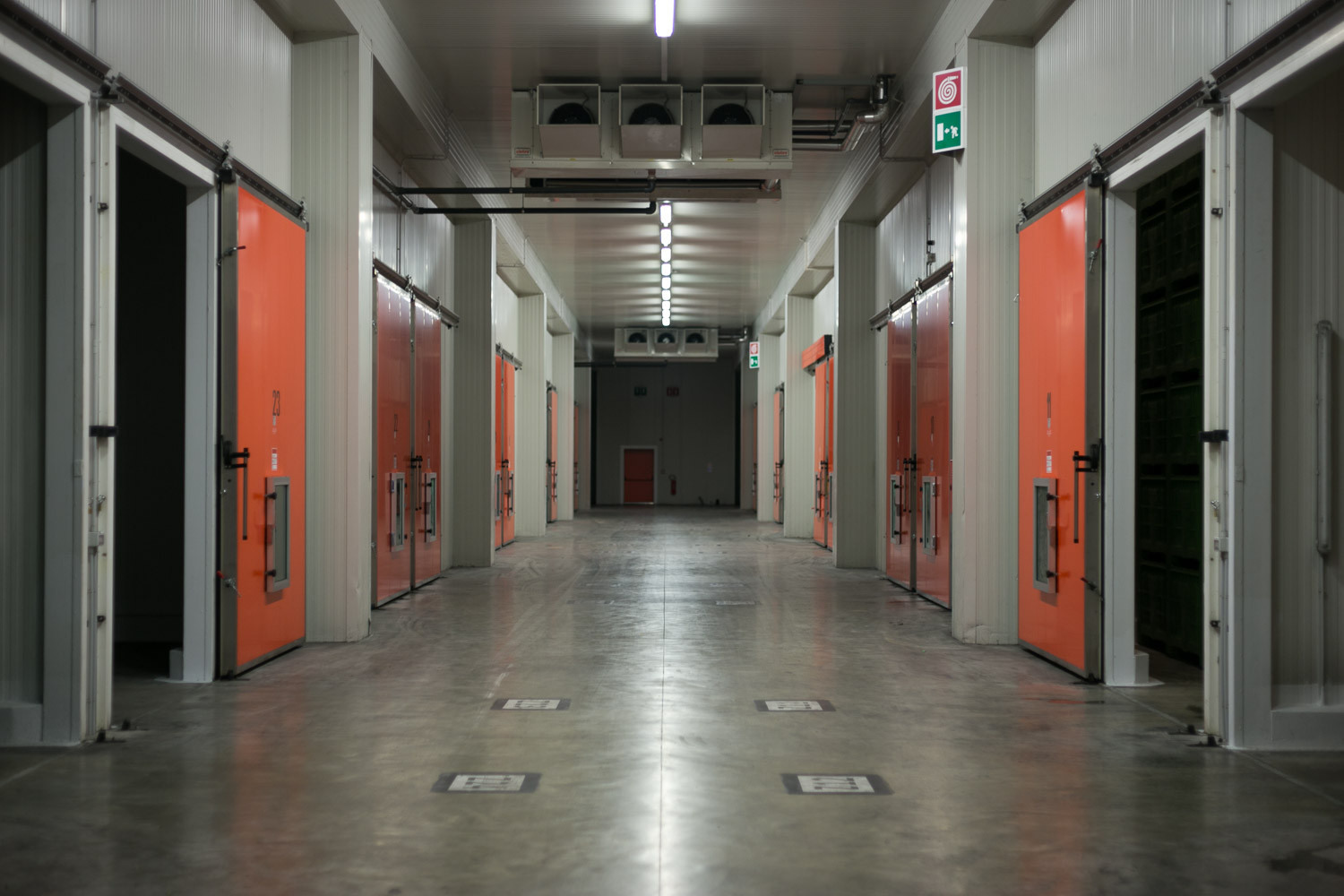To be available year round, apples that are waiting to be sold must be preserved in cool storage rooms with a high level of constant humidity (90-95%). But that’s not all. Special preservation techniques must be used that do not employ chemical substances, given that in the case of organic apples post-harvest chemical treatments are not permitted. In any case, to store them appropriately it is crucial that apples are picked at the ideal point of ripeness. Another key factor is the proper management of the storage facility, which takes into account the fruit’s quality and degree of ripeness.
In general, all permissible procedures for organic apples follow the same principle: a slowing of the ripening process and consequently the slowing of the emergence of physiological damage. To put it simply, in controlled atmosphere (CA) storage rooms, time comes to a halt, as does the optimal ripening stage. The apples, so to speak, take a reinvigorating beauty rest. Temperature, air humidity, oxygen and carbon dioxide are each regulated and precision monitored in the gastight rooms.
Organic Biosüdtirol apples are stored in various rooms that employ two different technologies, both based on controlled atmosphere.
Initial Low Oxygen Stress (ILOS)
In this storage procedure, the lowering of the oxygen level causes the formation of ethanol. Repeated stress phases with limited oxygen aim to bring the ethanol in the apples to a certain level, keeping the ageing process under control. Ethyl alcohol measurements provide indications of the storage conditions, guaranteeing high quality and the absence of necrosis on the peel.
Dynamic Controlled Atmosphere (DCA)
The atmospheric composition of the storage rooms is dynamically adjusted to the physiological state and to the “breathing” of the apples (as opposed to being regulated in advance according to invariable parameters). In the preservation technique called DCA-CF (Dynamic Controlled Atmosphere-Chlorophyll Fluorescence), the chlorophyll fluorescence contained in the peel is monitored online in a non-invasive manner by means of a sensor, for the duration of the DCA storage. If the fluorescence signal shows a significant increase, the oxygen level of the rooms is lowered. This information allows operators to dynamically adjust the atmospheric composition as needed.


